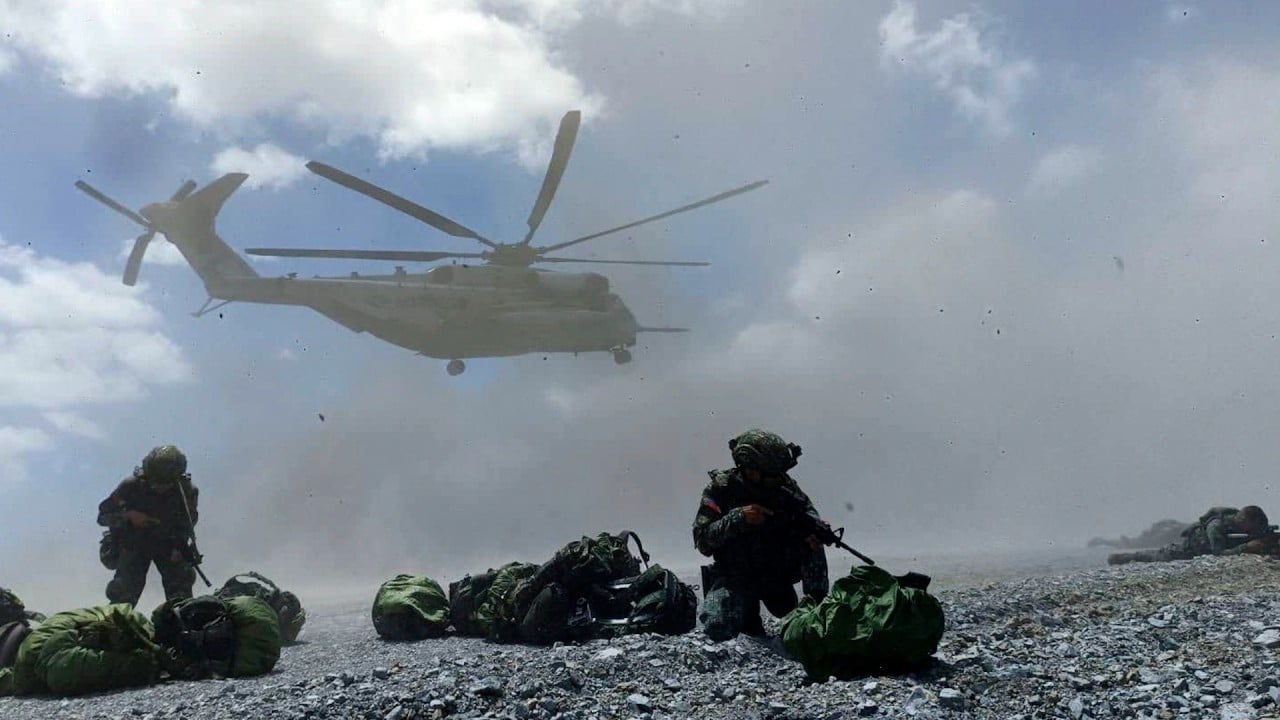The uproar centres on the US Typhon Weapon System, which is capable of firing both SM-6 anti-aircraft missiles and Tomahawk Land Attack Missiles, with operational ranges of more than 240km (150 miles) and 2,500km, respectively.
Lieutenant General Michael Cederholm, commander of the US 1st Marine Expeditionary Force, told reporters last month that the Typhon would only remain deployed in the Philippines for exercises to understand the new system’s capabilities.
“When we are done training with it, we will bring it back home and continue to develop our tactics, techniques, procedures. But this training environment, with a trusted ironclad ally, gives us an opportunity to expand that training even more,” Cederholm said.
Joshua Espeña, a resident fellow and vice-president of the International Development and Security Cooperation think tank, told This Week that while the Typhon could improve the Philippines’ deterrence capabilities, “the obvious but calculated disadvantage is China’s escalatory reaction”.
China’s vice-minister of foreign affairs Sun Weidong called the Typhon’s deployment to the Philippines a “serious threat to the security of the countries of the region” that would “seriously undermine regional peace and stability”, according to a Chinese foreign ministry statement released last week.
P1NAS spokesman Antonio Tinio argued that deploying the Typhon in northern Luzon meant making the region “a high value target” for pre-emptive attacks or retaliation in the event of war.
“We denounce the Marcos Jnr administration for allowing the US to deploy its new missile system. In doing so, it has turned northern Luzon into a legitimate military target if armed conflict were to break out with China,” warned Tinio, who is also a former congressman with the Alliance of Concerned Teachers.
“Here, the trend moves towards brinkmanship, which will be more dangerous. Yet, again, Manila knows the risks and calculated that escalatory reactions are lesser evils than appeasement as occurred in the previous administration,” he added, referring to former president Rodrigo Duterte’s more conciliatory approach towards China.

“Both missiles will beef up the military weapons system of the Philippines for deterrence,” Cabalza told This Week in Asia, meaning the presence of either was likely to provoke Beijing.
According to Cabalza, Manila’s role during any such conflict should only be to prepare contingency plans for evacuating Filipino workers and helping refugees.

